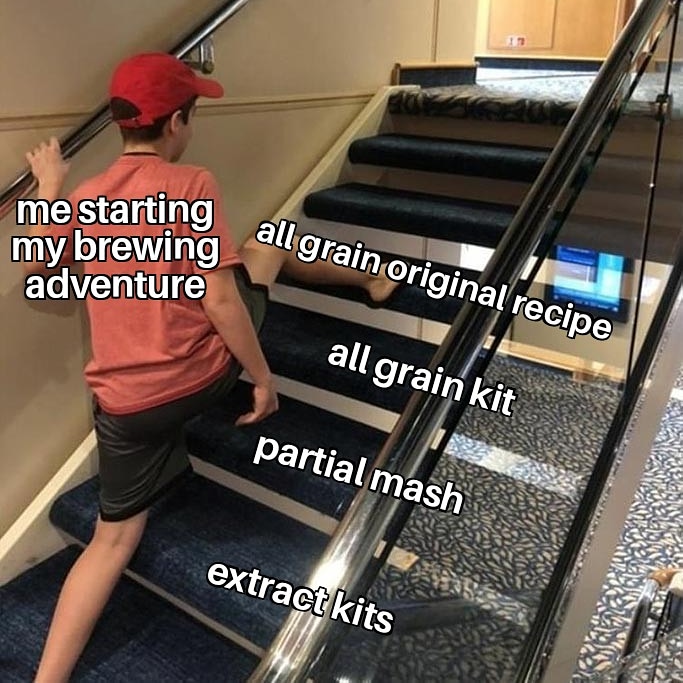miss.toonchie
New Member
- Joined
- Nov 4, 2021
- Messages
- 2
- Reaction score
- 2
Hi all! I am brand new to this world of home brewing. I have not yet purchased my equipment/first kit because I am trying to decide what type of brewing I should start with before I make my purchase. Originally, I was looking at buying a kit from Northern Brewer that was recommended by some friends. Recently, I have discovered the idea to jump straight into all grain brewing instead of starting with extract. There is a lot of support for either method the more I read online, but I dont want to get in too over my head by trying to start with BAIB. I read some reviews and articles talking about the functionality and great price of the BrewZilla and how that can be used for BAIB - thoughts?
Sorry if this seems all over the place. There is a lot to read and learn as I journey into home brewing, but I wanted some advice before I make my first equipment purchase! I am a graduate student so my finances are important and I don't want to get equipment that I may want to replace sooner ratehr than later which has also guided me some towards starting with all grain.
Any and all comments/advice is very much welcomed! Thanks!
Sorry if this seems all over the place. There is a lot to read and learn as I journey into home brewing, but I wanted some advice before I make my first equipment purchase! I am a graduate student so my finances are important and I don't want to get equipment that I may want to replace sooner ratehr than later which has also guided me some towards starting with all grain.
Any and all comments/advice is very much welcomed! Thanks!





